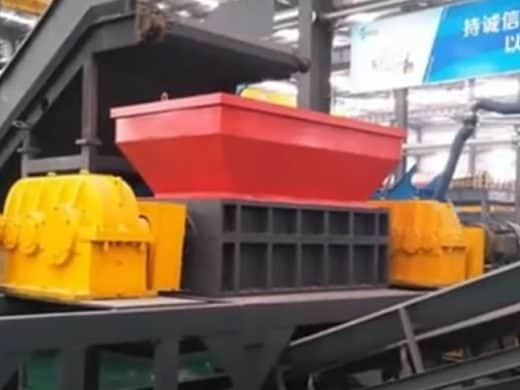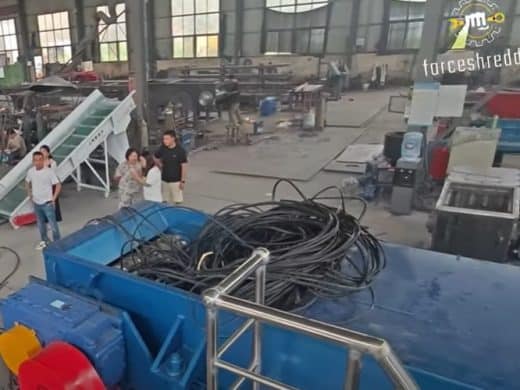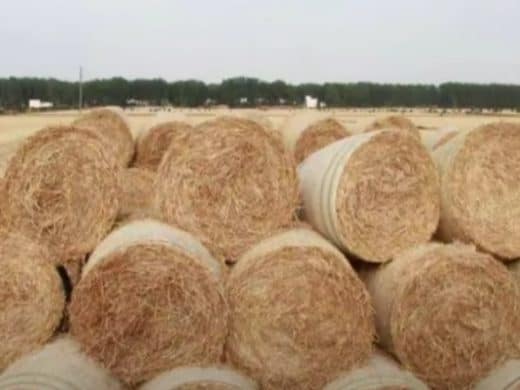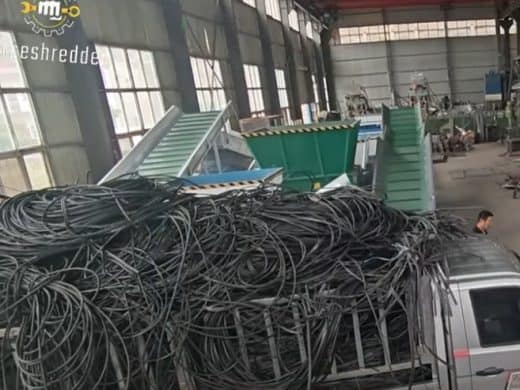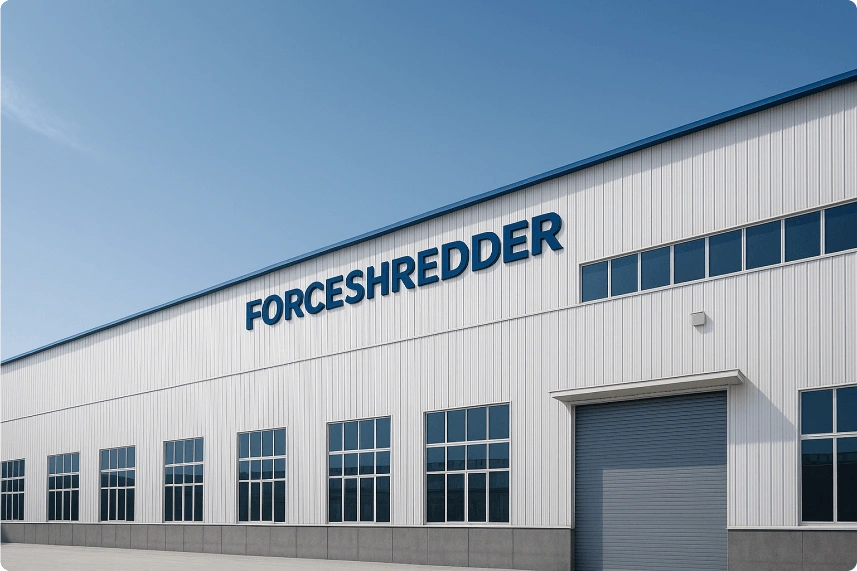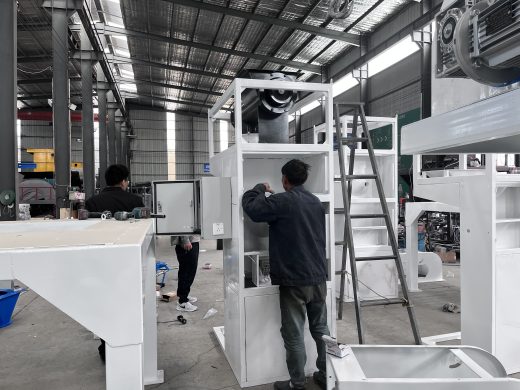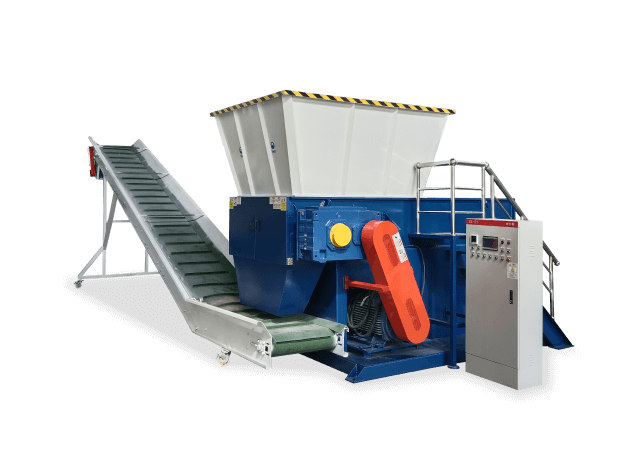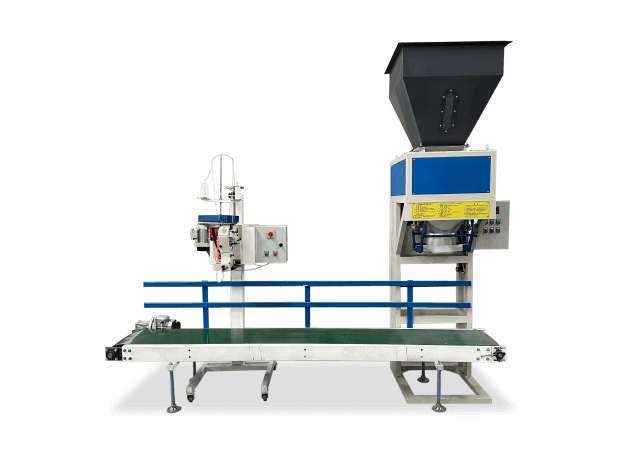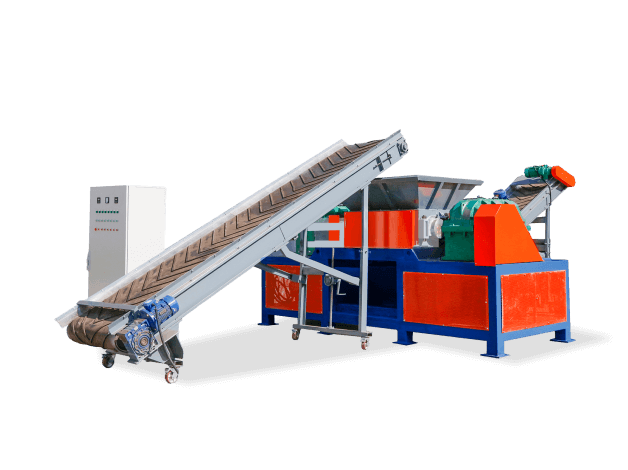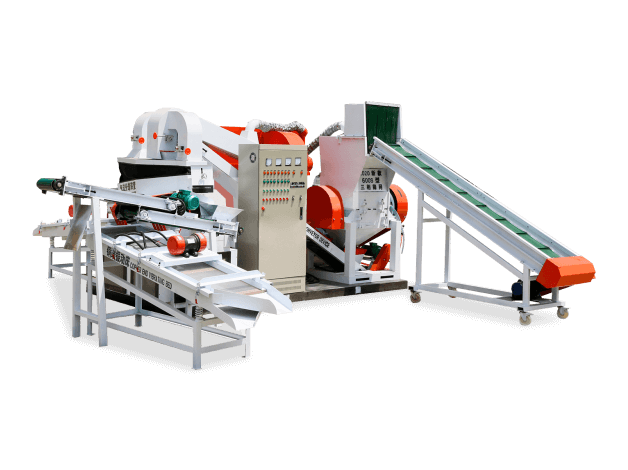Introduction: The Growing Need for Tire Recycling Solutions
Every year, over 1 billion tires reach the end of their life cycle globally, creating a massive waste management challenge. Traditional disposal methods like landfilling and incineration are harmful to the environment, leading to pollution and wasted resources.
A single shaft tire shredder is one of the most efficient machines for processing scrap tires and rubber waste into reusable materials. This industrial-grade shredder helps recycling facilities, waste management companies, and manufacturers reduce waste volume, recover valuable rubber, and comply with environmental regulations.
In this 3,000-word guide, we will explore:
✅ What a single shaft shredder is and how it works
✅ Key applications in tire and rubber recycling
✅ Shredding efficiency and output uses
✅ How to choose the right shredder for rubber materials
✅ Future trends in tire recycling technology
Whether you run a tire recycling plant or need an eco-friendly disposal solution, this guide will help you maximize efficiency with a single shaft tire shredder.
1. What Is a Single Shaft Shredder?
A single shaft shredder is a heavy-duty industrial machine designed to cut, tear, and crush bulky materials into smaller, uniform pieces. Unlike dual-shaft shredders, it uses one rotating shaft with hardened steel blades to process tough materials like tires, rubber, and plastic.
Key Components of a Single Shaft Tire Shredder
– Rotating Shaft – The core mechanism with welded or bolted blades for high-torque shredding.
– Hopper – Where tires or rubber waste are fed into the machine.
– Screen/Grate – Controls output size (typically 10-50mm for rubber chips).
– Drive System – Electric or hydraulic motor (30-300 HP, depending on capacity).
– Control Panel – Adjusts speed, monitors performance, and prevents overload.
How It Works
1. Feeding – Whole tires or rubber scraps are loaded into the hopper.
2. Shredding – The rotating shaft with sharp blades cuts and tears the material.
3. Screening – Shredded rubber passes through a screen for uniform sizing.
4. Discharge – Processed rubber chips or crumb rubber is collected for recycling.
Single shaft shredders are ideal for tires, rubber belts, hoses, and other elastomeric materials due to their high torque and durability.
2. Key Applications of Single Shaft Shredders in Tire & Rubber Recycling
Single shaft shredders are widely used in:
✔ Tire Recycling Plants
– Processes passenger tires, truck tires, and OTR (off-the-road) tires.
– Reduces whole tires into rubber chips (10-50mm) for further processing.
✔ Rubber Product Manufacturing
– Shreds conveyor belts, rubber mats, and industrial rubber waste.
– Prepares material for crumb rubber production (1-5mm granules).
✔ Automotive & Aerospace Industries
– Recycles scrap rubber from vehicle parts, seals, and gaskets.
– Helps meet sustainability goals and zero-waste policies.
✔ Construction & Playground Surfaces
– Produces rubber mulch for landscaping and playgrounds.
– Creates rubberized asphalt for road construction.
✔ Energy Recovery (TDF – Tire-Derived Fuel)
– Shredded tires are used as alternative fuel in cement kilns and power plants.
3. Shredding Efficiency: How Single Shaft Shredders Process Tires & Rubber
3.1 Shredding Process Breakdown
1. Pre-Shredding – Whole tires are cut into smaller pieces (if needed).
2. Primary Shredding – Blades tear rubber into 50-100mm chunks.
3. Fine Shredding – Secondary shredding reduces pieces to 10-30mm.
4. Granulation (Optional) – Further refining into crumb rubber (1-5mm).
3.2 Efficiency Factors
| Factor | Impact on Shredding Efficiency |
| Blade Material | Tungsten carbide blades last longer than standard steel. |
| Motor Power | 50-300 HP for different throughput needs. |
| Output Size | Adjustable screens (10mm, 20mm, 30mm). |
| Throughput | 500-5,000 kg/hour, depending on model. |
3.3 Advantages Over Other Shredders
| Feature | Single Shaft Shredder | Dual-Shaft Shredder |
| Energy Use | Lower power consumption | Higher energy demand |
| Maintenance | Easier blade replacement | More complex upkeep |
| Best For | Tires, rubber, soft materials | Hard metals, bulky scrap |
4. What Happens to Shredded Tires & Rubber?
4.1 Rubber Mulch & Landscaping
– Used in playgrounds, sports fields, and garden mulch.
– Provides shock absorption and weed control.
4.2 Crumb Rubber for Manufacturing
– Added to new tires, rubber mats, and automotive parts.
– Improves elasticity and durability.
4.3 Tire-Derived Fuel (TDF)
– High-calorific value makes it ideal for cement plants and power generation.
4.4 Rubberized Asphalt
– Used in road construction for noise reduction and longer lifespan.
4.5 Pyrolysis & Chemical Recycling
– Advanced recycling turns rubber into oil, carbon black, and steel.
5. How to Choose the Right Single Shaft Shredder for Rubber & Tires
5.1 Material Type & Hardness
– Passenger tires → Standard steel blades (50-100 HP).
– OTR/industrial tires → Tungsten carbide blades (150-300 HP).
5.2 Required Output Size
– Rubber chips (20-50mm) → Coarse shredding for TDF.
– Crumb rubber (1-5mm) → Fine shredding for manufacturing.
5.3 Throughput Capacity
– Small operations → 500-1,000 kg/hour (30-75 HP).
– Large recycling plants → 3,000-5,000 kg/hour (200-300 HP).
5.4 Safety & Maintenance Features
– Overload protection → Prevents motor burnout.
– Automatic lubrication → Extends blade life.
– Dust collection system → Reduces airborne particles.
5.5 Budget & ROI Considerations
– Entry-level models → $30,000-$80,000.
– Industrial-grade shredders → $100,000-$300,000+.
6. Future Trends in Tire Shredding Technology
✔ AI & Automation
– Smart sensors optimize blade performance and predict maintenance.
✔ Energy-Efficient Motors
– Lower power consumption reduces operational costs.
✔ Advanced Material Separation
– Better steel wire removal for cleaner rubber output.
✔ Mobile Shredding Units
– On-site tire shredding for remote recycling operations.
Conclusion: Why Single Shaft Shredders Are the Best Choice for Tire Recycling
Single shaft shredders offer:
✔ High efficiency in processing tires and rubber waste.
✔ Lower operational costs than dual-shaft alternatives.
✔ Multiple revenue streams (rubber mulch, TDF, crumb rubber).
✔ Compliance with environmental regulations.
For businesses in tire recycling, investing in the right shredder improves sustainability, profitability, and waste management efficiency.
Need expert advice on selecting a shredder? Contact us for a free consultation!


